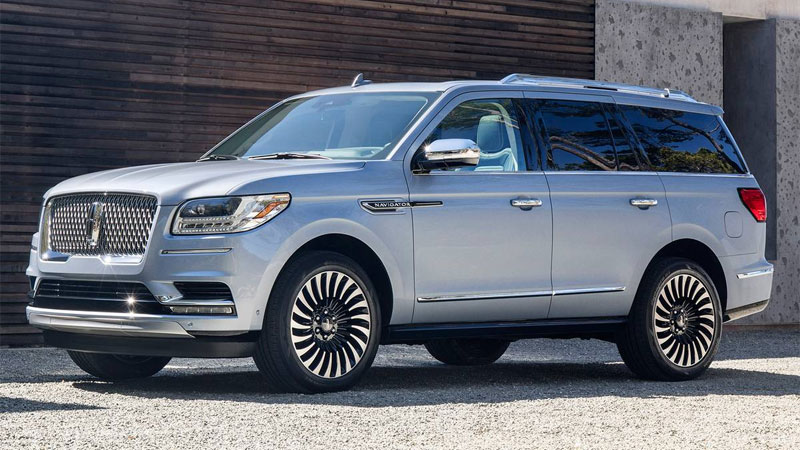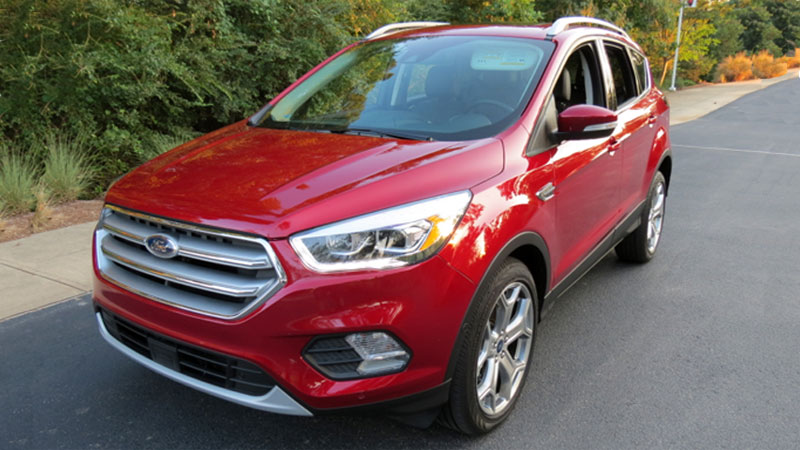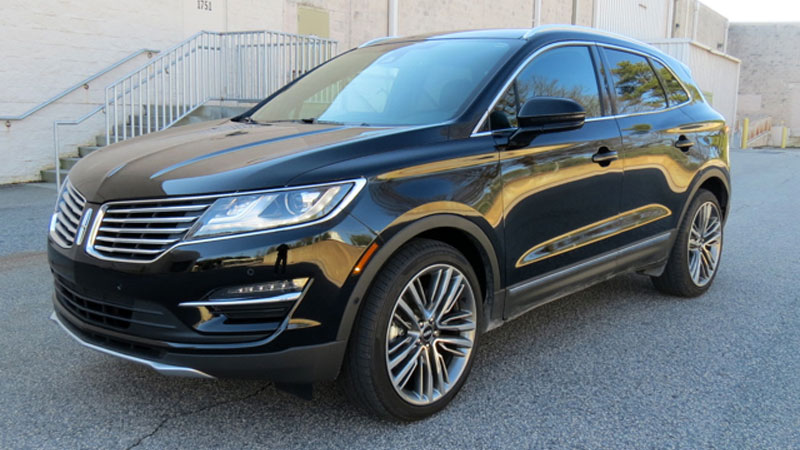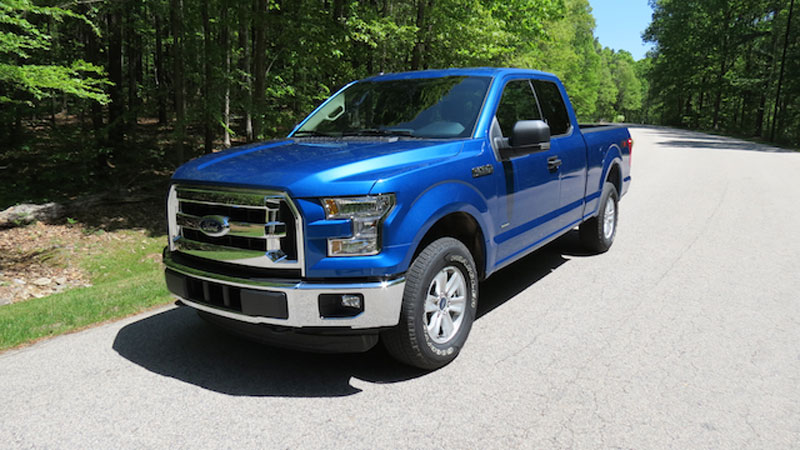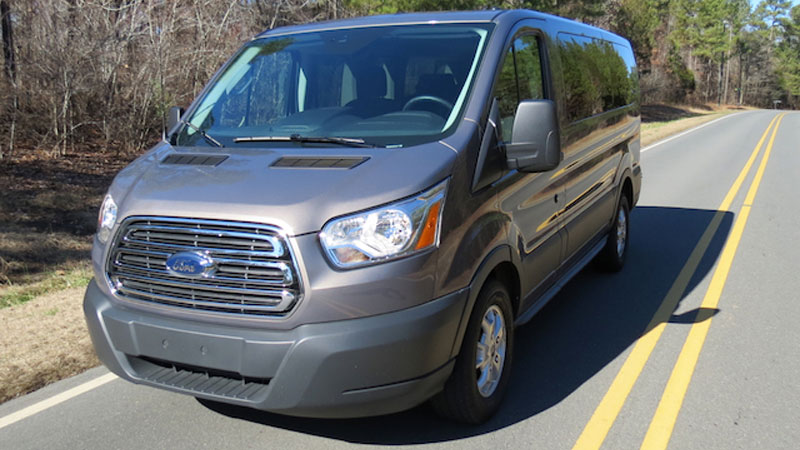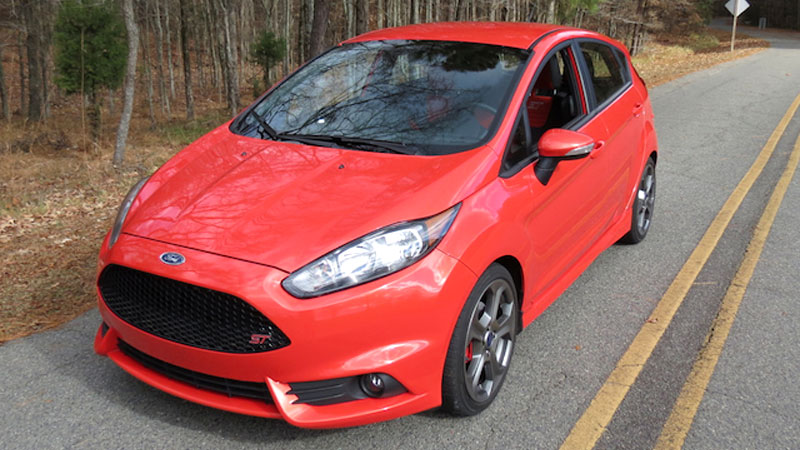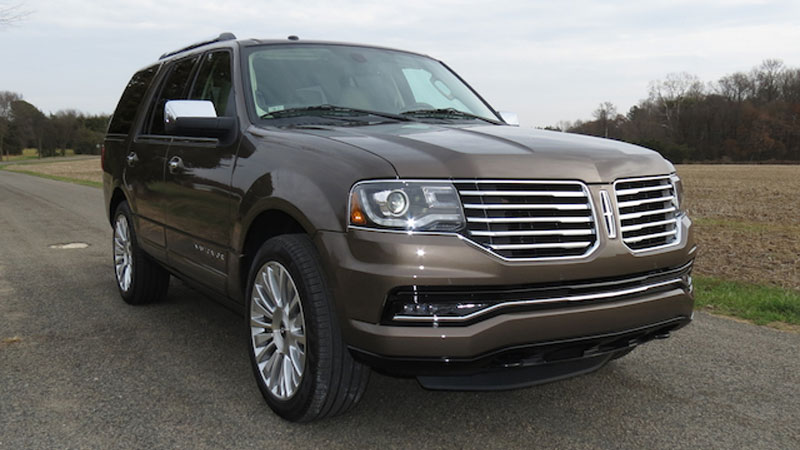2018 Lincoln Navigator Black Label ($100k Luxury SUV)
Lincoln Black Label in the land of the $100K SUV. The Lincoln brand is one in transition, a luxury marque that once outsold the likes of Cadillac, BMW, Mercedes-Benz and Lexus. But that was 1998 and the segment was far different from what it is today, with more brands competing … Read more

